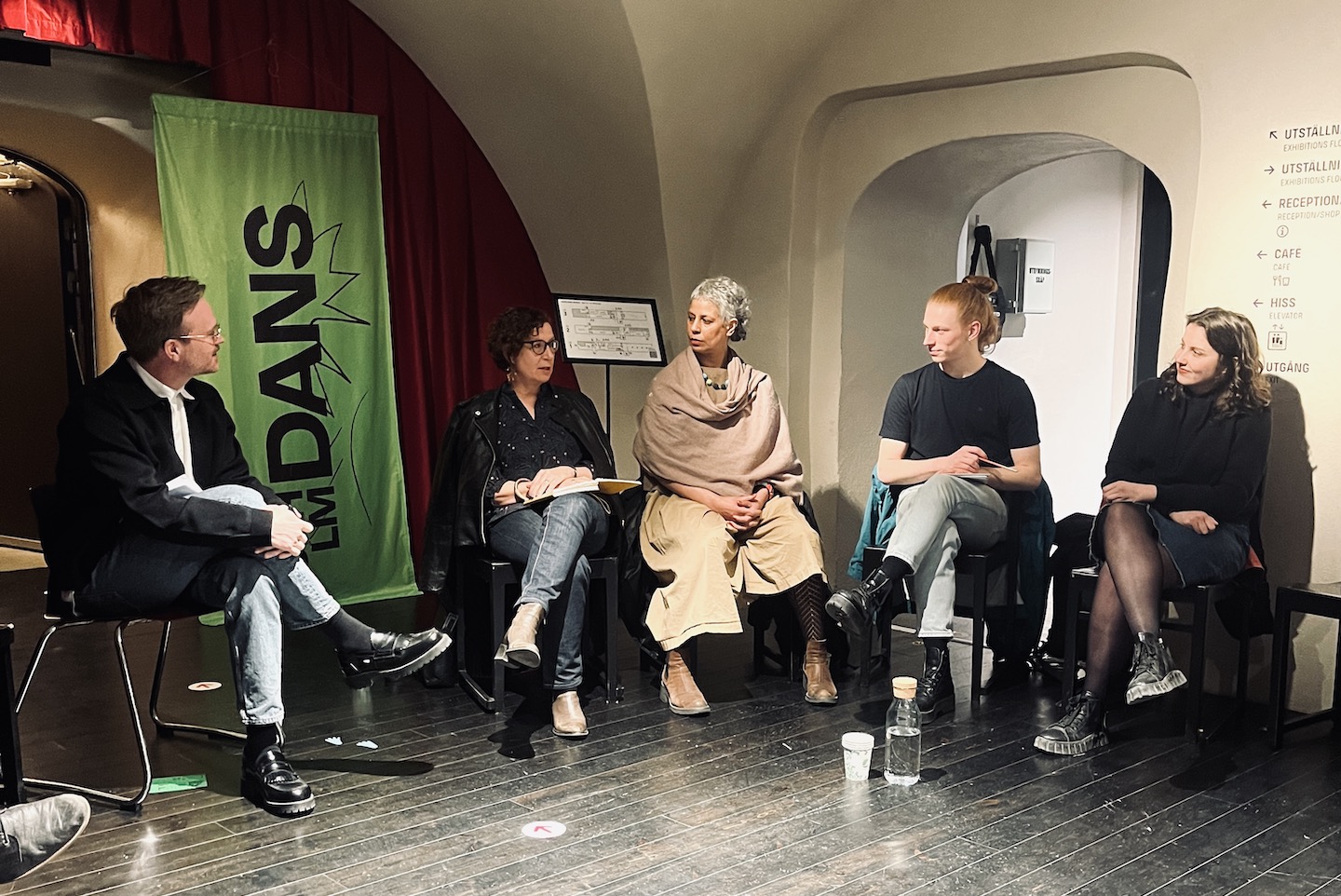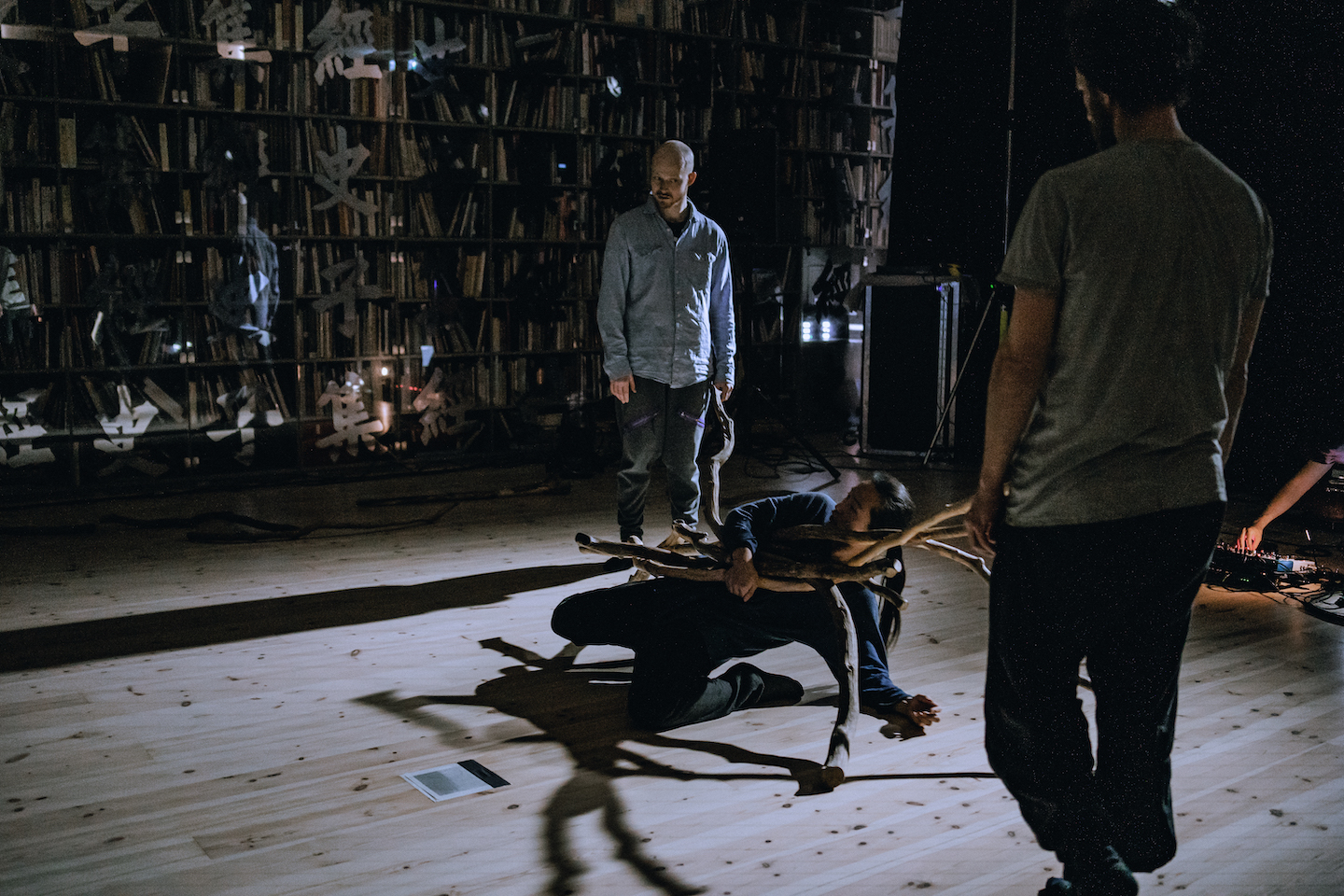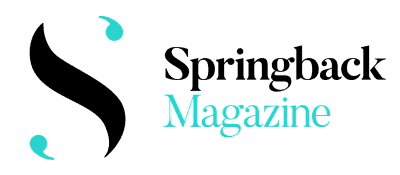Kickstart
The second edition of the young STHLM DANS festival started with a bang: Sylph, the first large-scale production of Stockholm-based choreographer Halla Ólafsdóttir for Cullberg, the well-known (inter)national repertoire contemporary dance company in Sweden, promised to be grandiose. Advertising ASMR, exorcism, the occult and a love-hate relationship with classical ballet, the piece had little in common with traditional composition or choreography, but rather referred to mysterious images at the heart of romantic ballet narratives full of unearthly creatures, uncanny transformations, and miracles — wrapped in a hip design and embodied in the omnipresent aesthetic of ‘queerness’.
References to La Sylphide, Swan Lake or Giselle were subtle, feeding off the emotional atmosphere they carry while removing their literary plots. Lately, in cutting-edge dance performance, classical ballet has become the source of new inspiration. Criticised for its patriarchal narratives, its fairy-tale festiveness is nevertheless seductive, and appeals to a wide audience. Plots get reimagined, and often ‘queered’, as if to come closer to ‘the public’ by being catchy while maintaining a critical distance from the historical material.
Sylph is one of those pieces in which the overall hypnotising aesthetic is more important than movement or choreography. This includes costumes (trendy velour, glam tight shorts, turtlenecks, and leggings paired with shaggy white jackets reminiscent of bird feathers: here come the swans!); props (a bed covered in a fluffy white bedspread); sound (including ASMR-talk by the performers, and scattered, bird-like screams in the most ecstatic moments); stage design and the general queerness, gender fluidity of the dancers’ presence. The whole thing rather reminds me of a fashion show frozen in time and locked in a theatre box space. The movement serves to affect the audience and support the dancers’ presence, but does not work as semantically or structurally organised choreographic material.
All this puts the audience into a certain body-mind state: half-dreamy-sleepy, half-erotically aroused. The whole artist machinery tries to overwhelm viewers with sensations, to penetrate their bodies with stimuli on a pre-rational level rather than to invite them to ‘make sense’ of what’s happening or to ‘read’ the piece. This is characteristic of Ólafsdóttir’s work: a dance artist who frequently performs on stage, she often uses her body as a site ‘to invite’ different ‘intense’ characters, such as rock or porn stars and other pop-culture figures (examples are Dead by Beauty and the Beast, with Amanda Apetrea, as well as her performance at Stockholm’s 2019 POST-DANCE-ING conference). She establishes direct emotional contact through her seductive and overwhelming bodily presence while keeping a healthy amount of self-irony and critical distance. I must admit, she does so with artistic genius, creating breathtaking experiences of ritual, queerness and transgression which she undergoes so genuinely that she drags the audience into the process. Her work is rarely grounded in the structured choreographic material though: it’s based on bodily intensity and personal charisma.

However, it’s not easy to turn a national dance company into a tribe of movers or a similar type of kinship. As a structural unit, the company is probably better off in a more choreographically and semantically organised structure, and this is not really considered in the piece. Here, the bodies that are employed to perform imposed choreographies struggle to transform in a joint ritual. I imagine it would require a different relational, institutional, and infrastructural framework and process. Another challenge comes with a generic queer aesthetic that lately has become widespread in dance shows, losing its connection to individual experiences of gender fluidity or ‘more-than-human’ states of presence. Skipping the subtle and very political act of personal transformation, the show ends up just performing its own aesthetic.
Occasional pop or rock culture references – devil’s horn gestures, shot-out tongues – work as signs rather than self-expression, and the dancers regularly crawl into the audience to rest on a fur-covered podium in the middle of the auditorium. But the overall effect is of a company trying to ‘perform’ Halla’s aesthetics so that, despite successful musical, scenographic, and costume solutions, it doesn’t feel honest enough in its attempt to stage a ritual nor in its ironic effort to deconstruct it.
At the moment of the dramaturgical climax, we see references to ballet vocabulary, when the performers do a couple of pliés or jumps, but the declared love-hate relationship with ballet does not evolve. Compare this, for example, with the thematic cycle of Florentina Holzinger (including such works as Apollon and Tanz), who also works out her complicated relationship with dance history: she pays special attention to the female characters of classical ballet, who, despite being fragile, incorporeal and sexualised at the same time appear emancipated, strong and powerful in their mysterious circus-like craze.
How do we talk about dance?
Let’s pause here to ask some questions. Should we discuss these issues out loud? Is there a space for conversation around the real process of dance-making? The stance presented above is of a dance writer who neither directly speaks to the choreographer or dancers nor to their colleagues or the audience. Their voices, impressions, and opinions are not here either. So where is the public space for conversation where different viewpoints could intersect? What does it mean to talk about a dance work? How should we talk about it, and, in the end, who are ‘we’?

These questions were at the heart of the panel discussion ‘How do we talk about dance?’ which I took part in, together with Virve Sutinen, former artistic director of Tanz Im August in Berlin, Swedish choreographer Maria Naidu, and Marseille/Brussels-based Lithuanian choreographer Dovydas Strimaitis, all under the gentle moderation of Björn Säfsten. The same questions were at the core of the festival programming, as an important purpose of STHLM DANS is to establish new relations with audiences beyond the artistic bubble of dance insiders. The festival doesn’t have a home base venue, and creates the programme in cooperation with theatres, museums, libraries, and other public spaces. It tries to bring the respective audiences, and often passers-by, to see dance, but also encourages its partners to embrace dance as a relevant art form.
The issue of the dance’s relations to the public seems to be at the core of both the above-mentioned panel and the overall festival agenda, as it brings to the fore the communicative component of the very practice of dance curating and presentation. Within the five days I attended the festival, three main concepts were the focus: space, language and mediation practices.
The question of space for dance is quite obviously considered central to curation. This year, co-founders Marie Proffit, Eva Broberg and Jonas Robin collaborated with not only leading dance and art institutions such as Dansens Hus, MDT and the Museum of Far Eastern Antiquities, but also some more unexpected venues and public spaces in the suburbs, such as Botkyrka Konsthall and Hagsätra, Haninge Library as well as Accelerator, an exhibition space of Stockholm University. But moving professional dance out of the theatre and into public space is far from straightforward, since public space is itself so complex. Public dance projects often try to ‘confront’ audiences with unconventional movements to disrupt everyday motion (or ‘social choreographies‘) – but in reality often just decorate the existing spectacle with a pinch of ‘weirdness’ or ‘surprise’, STHLM DANS embarks onto a different journey, finding on- and off-boarding strategies for audiences to get in touch with dance pieces, and also dance practices.

For instance, Skumitate, the work-in-progress by Sweden-based Japanese dancer Takuya Fujisawa, was preceded by his movement workshop in the beautiful library of the Museum of Far Eastern Antiquities, the same space where the performance took place the next day. Being part of a site-specific research project, the show was presented in connection with the ongoing exhibition Juxtaposing Craft, which put together traditional and contemporary crafts in Japan and the Nordic countries. One essential part of the workshop, which was mostly about movement improvisation, was to see any movement as a practice of expanding or squeezing the space, and its volume: through collapsing, breathing, and exploring different distances. This was probably the key to looking at Skumitate, which dealt with notions of space, touch and cross-cultural communication through improvisation and (surprise!) invited a tap dancer to that quite traditional movement setting (a move of cute absurdity or of freedom?)
From presentation to mediation
It seems the curatorial effort at STHLM DANS is to work out the new practices of dance mediation rather than classical presentation, and it requires a relational, and environmental approach. It’s not only about the content of pieces but also the function they may serve outside the professional art bubble. That’s probably a reason for the festival to work with far-off venues, public spaces in the suburbs, and more grassroots dance communities and styles, such as street and club dancing, presented in the programme in the film format (Bubblegum Paradise by Amelis Riquelme Nicoletti) and in the performance YEBO YES! by Afia.
Yet STHLM DANS does not take diversity or social impact as its main focus (it’s not the socially-oriented art criticised by art theoretician Claire Bishop for trading ‘salvation functions’ that are better performed by social work institutions). The task, rather, is to find how art can make sense to new groups of people and they in turn, through discussion or co-practising, can be of service to artists.
What is important, then, is not just the practices we share with audiences but the language we use to talk about them. During the panel discussion, choreographer Björn Säfsten stated that theoretical lingo, as well as the site-and-body-specific talk common in studios and developed through practice-based processes, might look opaque to wider audiences and need a translation. Indeed: while the discipline of dance studies has certainly laid the ground for dance to be taken seriously as an art form, it has also contributed to an over-intellectualisation of dance performances to the extent that they can sometimes seem merely to illustrate theories.
In this regard, the current trend for festive, seemingly involving and seductive dance pieces that at some point started to counterbalance the high-brow choreographies of the past decades, using overwhelming aesthetic machinery combined with generalised ‘queerness’ (we’re getting back to Sylph here), hopes to satisfy the need for movement hedonism, pleasure and a genuine connection with the audience. But it seems, we should learn to embrace the complexity of this task, as well as establish procedures to talk with our audiences at first.









